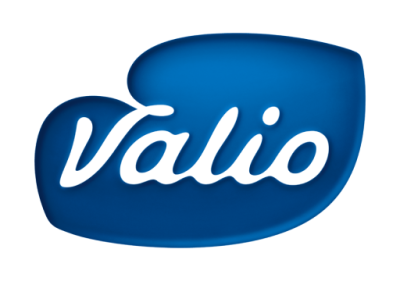
Sustainability
Raw material policy: Coffee
| Situation as of 04/ 2022 | Target/progress (updated 5.3.2024) |
|---|---|
| Coffee is used in a few of Valio’s consumer products. The main raw ingredient in products is typically milk, so the volume of coffee used in products is small. The main raw material contained in these products is typically milk, so the amount of coffee used per product is small. The coffee raw materials are highly processed for the specific needs of the products, so their supply chain is long. -> All the raw material in use is sourced from approved suppliers, but the raw material is not certified. | Convert the coffee raw materials** used to certified ones and acquire supply chain certifications for Valio’s manufacturing plants. Progress: Purchasing of certified coffee continued. The Rainforest Alliance certificate granted to Valio allows us to manufacture Rainforest Alliance-certified products from certified coffee raw materials at our plants in Jyväskylä, Suonenjoki, Turenki and Seinäjoki. The share of certified products in Finland is 72 %. |






